

Ben Zachariah
CarExpert's top five ute reviews of 2025
2 Days Ago
It's the best selling car in Australia and while it will spend most of its time on the black top, what's it like off-road?

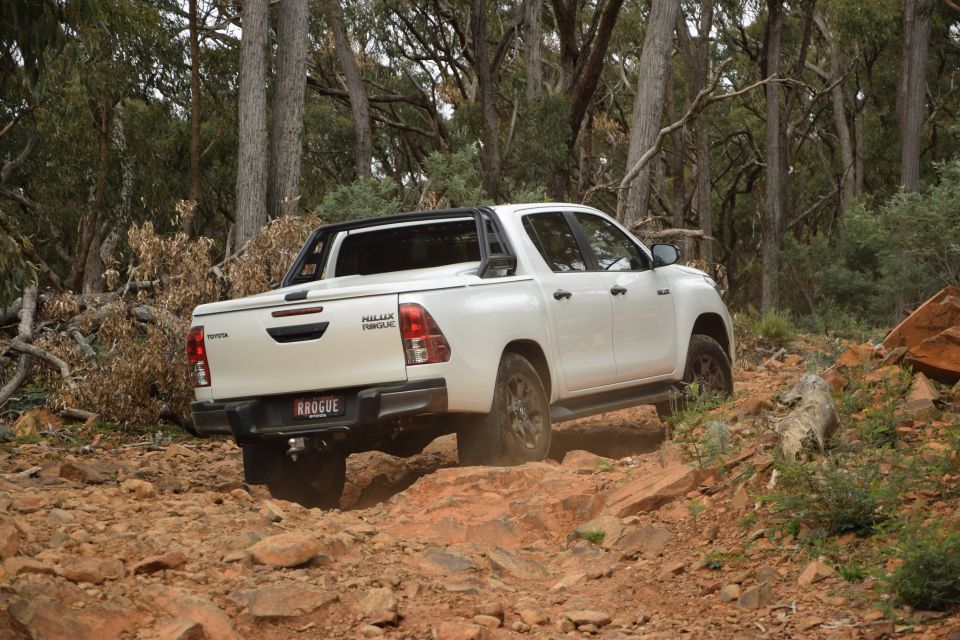

Contributor
New from
$23,590
excl. on-roads

Contributor
New from
$23,590
excl. on-roads


Contributor
New from
$23,590
excl. on-roads

Contributor
New from
$23,590
excl. on-roads
Quickly see how this car stacks up against its competition. Select any benchmark to see more details.
Where expert car reviews meet expert car buying – CarExpert gives you trusted advice, personalised service and real savings on your next new car.
The Toyota HiLux has a long standing history in Australia as a hard-working, reliable, and robust farm truck, work vehicle and weekend escape machine. But how does the latest incarnation, and in particular the current Rogue, live up to that reputation?
Rogue by name and Rogue by nature? Possibly not. Let’s take a closer look at how the Hilux Rogue presents and performs from an off-road perspective.
Compared to the SR and SR5 on which it’s based there’s really nothing new mechanically with the halo variant. That means the Rogue has nothing outstanding to offer from an off-road point of view – unless you think heavy-duty floor mats and a marine carpeted tub will improve your off-road performance, of course.

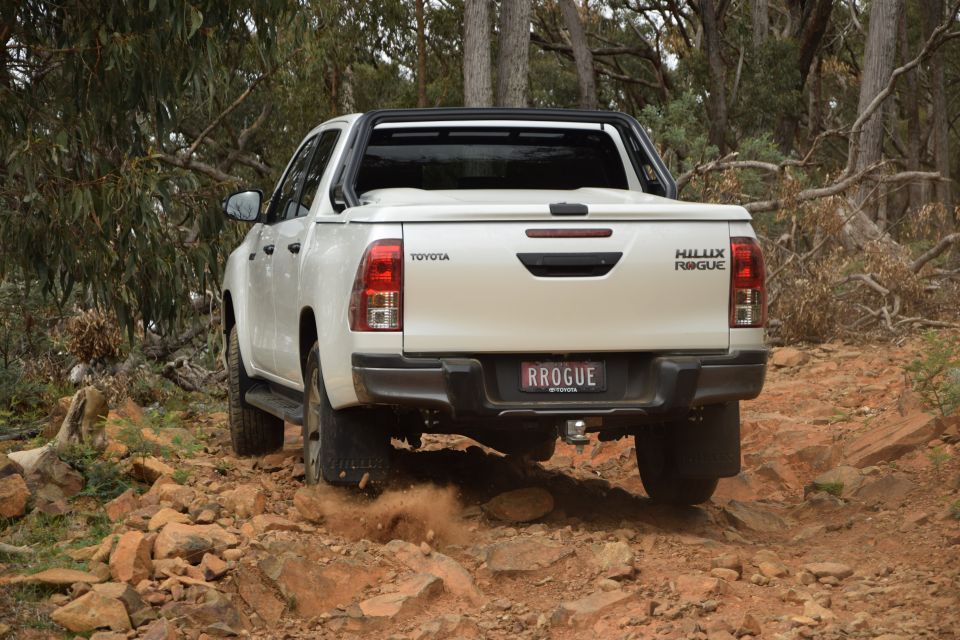
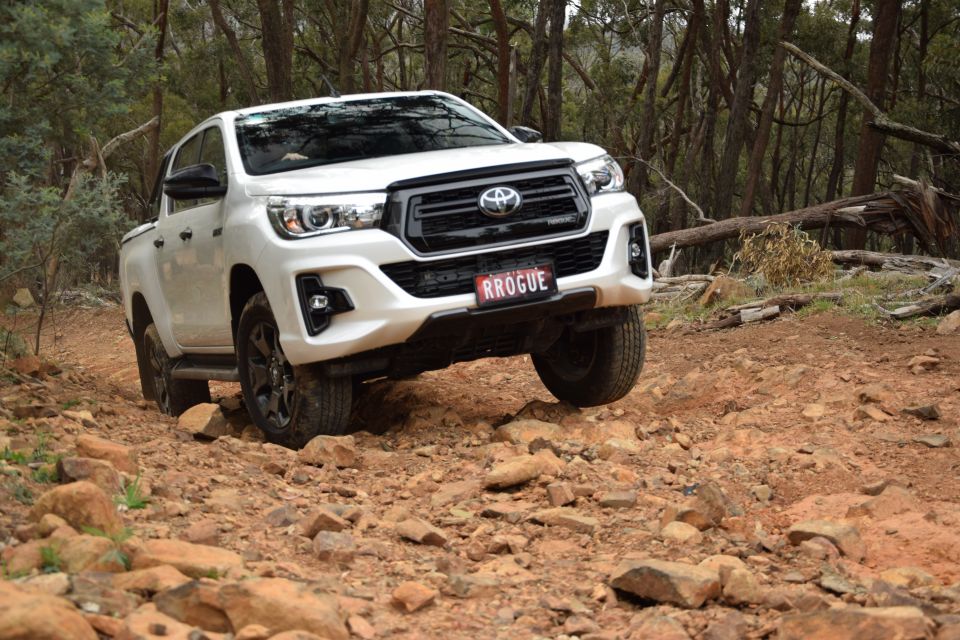
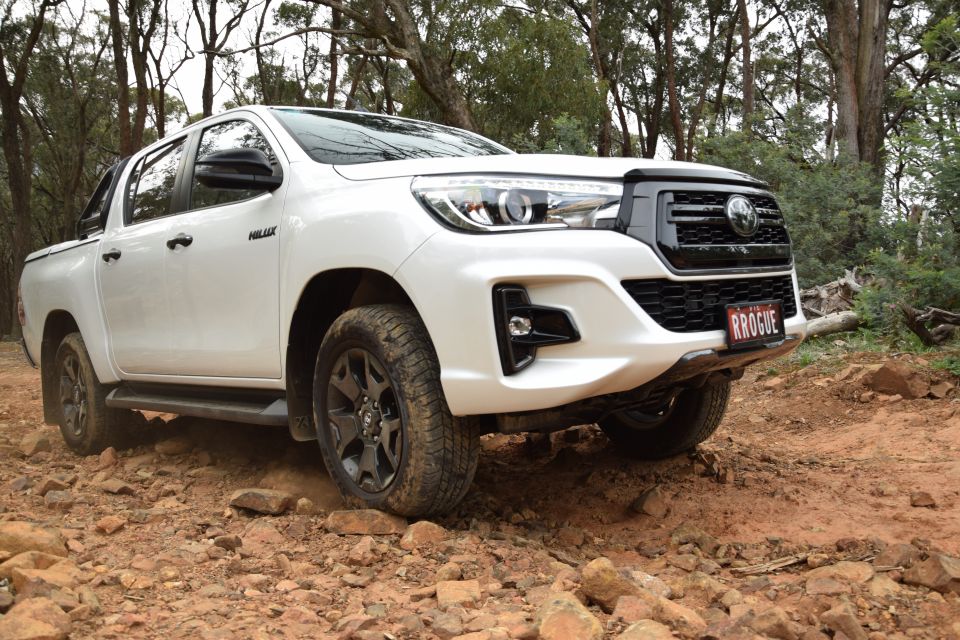
In short, the Toyota Hilux Rogue rolls from the showroom floor with a new-look grille (which is actually quite appealing), a bigger rear bumper offering some extra protection, an interesting roll bar in the tub that actually can carry some load, 18-inch wheels (which are harder to replace if needed in the outback), a tow bar, and a lockable tub – lined with marine carpet, as we said before.
There are also heated leather seats and a vamped-up instrument cluster. Let’s make no illusion, this is a dressed-up HiLux with a range of accessories to a certain amount of value for certain buyers, but no extra real performance.
As four-wheel drives become more car-like, we continue to see them drifting away from off-road performance, and a reduction of the basic specifications that make them capable. With that said, the Hilux Rogue is surprisingly competent in basic off-road situations.
First and foremost, the HiLux holds onto the heart of any four-wheel driver with a real-world transfer case that offers drive to the front and rear axles, as well as low-range.
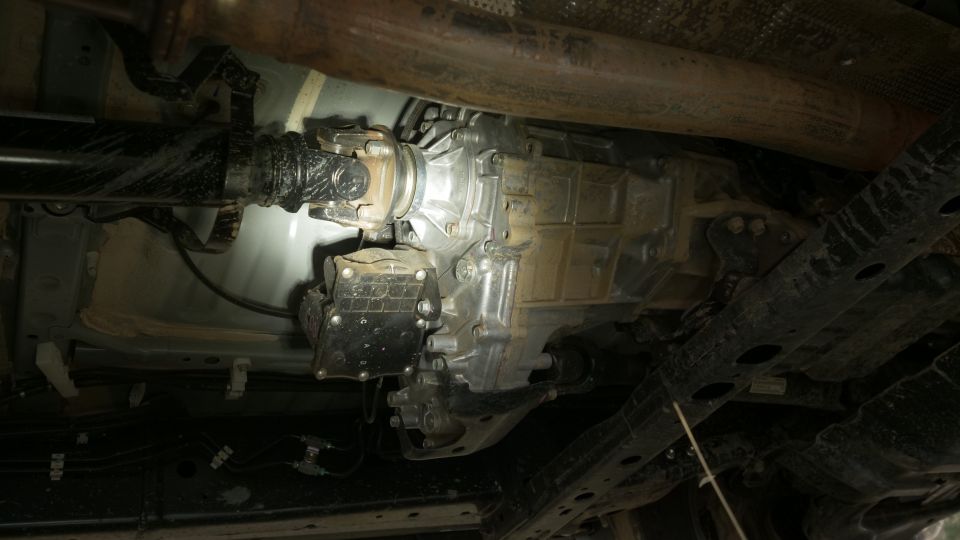
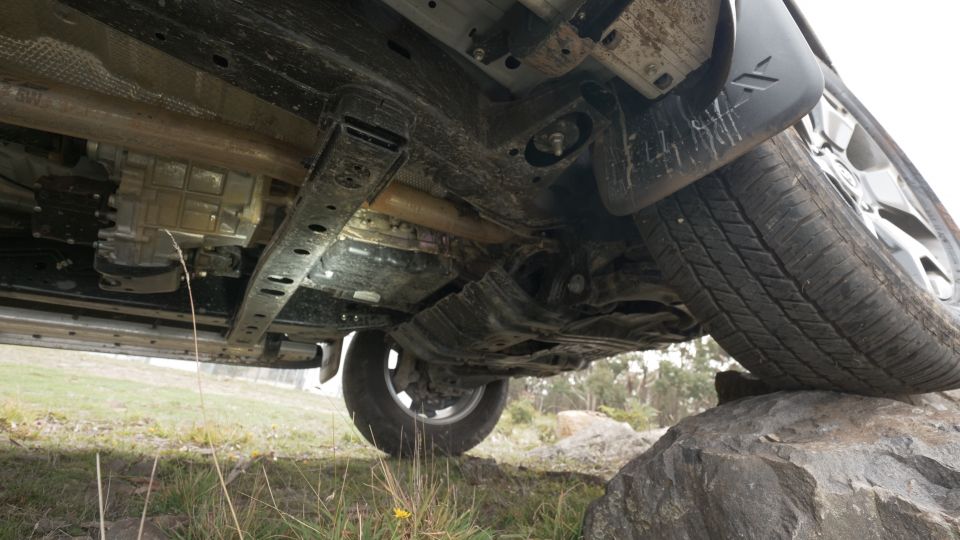
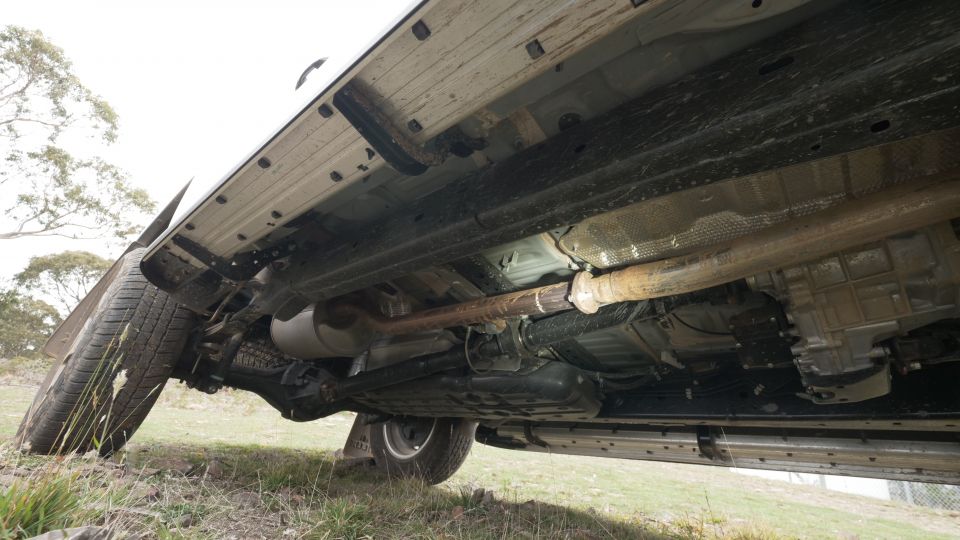
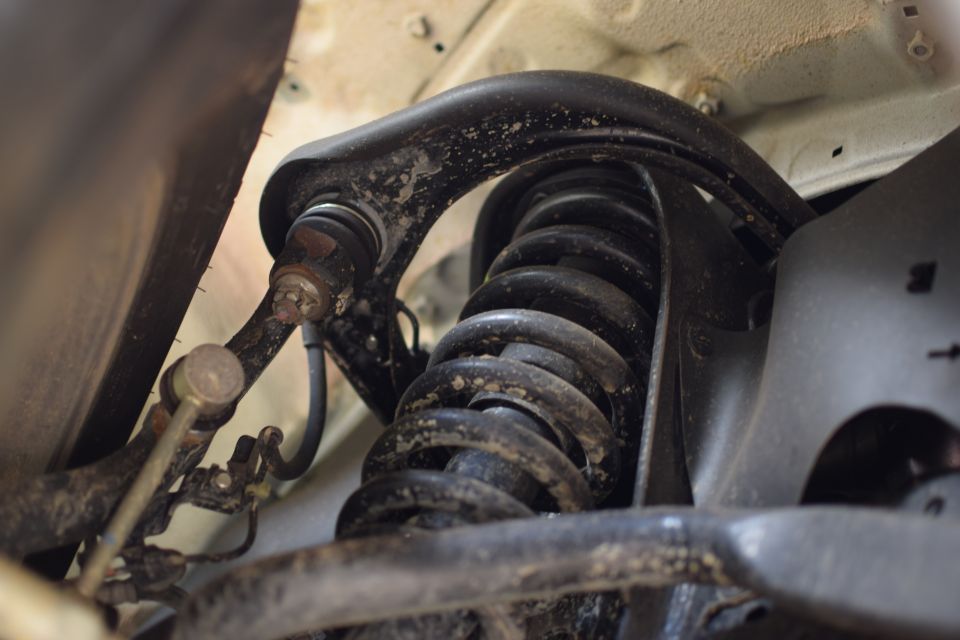
In H4 (high four) the feel, traction, and response in off-road conditions are all positive.
Engagement is a snap with the dash-mounted selector dial and, while it’s partially hidden from view by the steering wheel, the dial’s size, proximity, and ease of activation make it straightforward to use.
It’s worth mentioning on a modern, well-appointed dash that swimming with features, dials, lights, and gauges, the four-wheel drive activation switch is basic, unappealing, and almost retro by comparison.
For basic farm work, slippery conditions, and normal off-road situations, H4 performs as well as it did in any of its utilitarian ancestors.
L4 (low four), though, leaves a lot to be desired. It’s not a question of the gearing, which is well set for slower, more technical and tougher off-road work. The vehicle has all of the basics to make the most of low range.
It’s the underwhelming accelerator pedal mapping that creates real issues. In certain situations, the (de-tuned) throttle lag leaves you wanting more torque and when the ECU does finally deliver, the excessive surge results in a bouncy, hard to control ride.
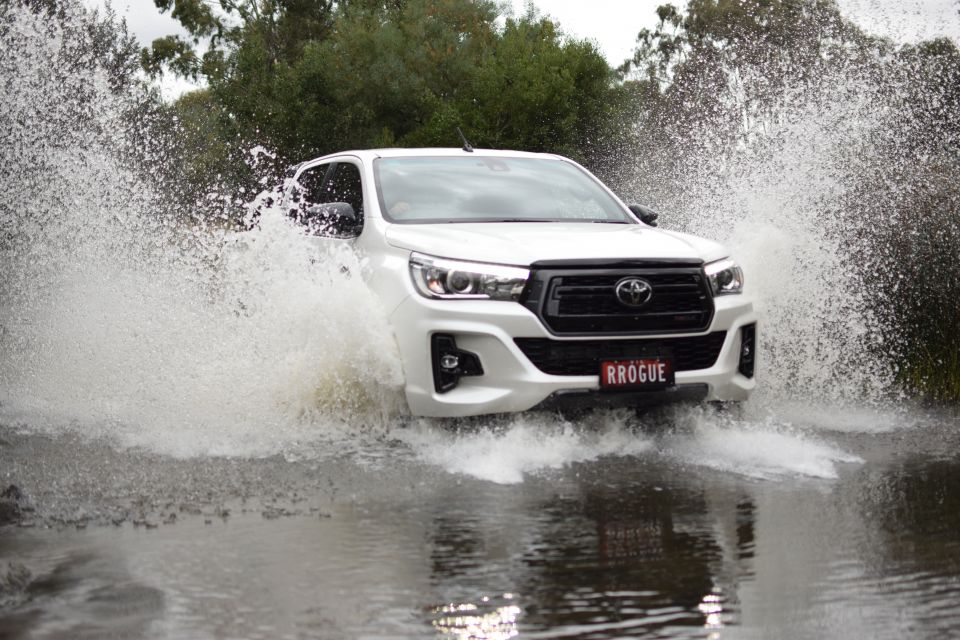
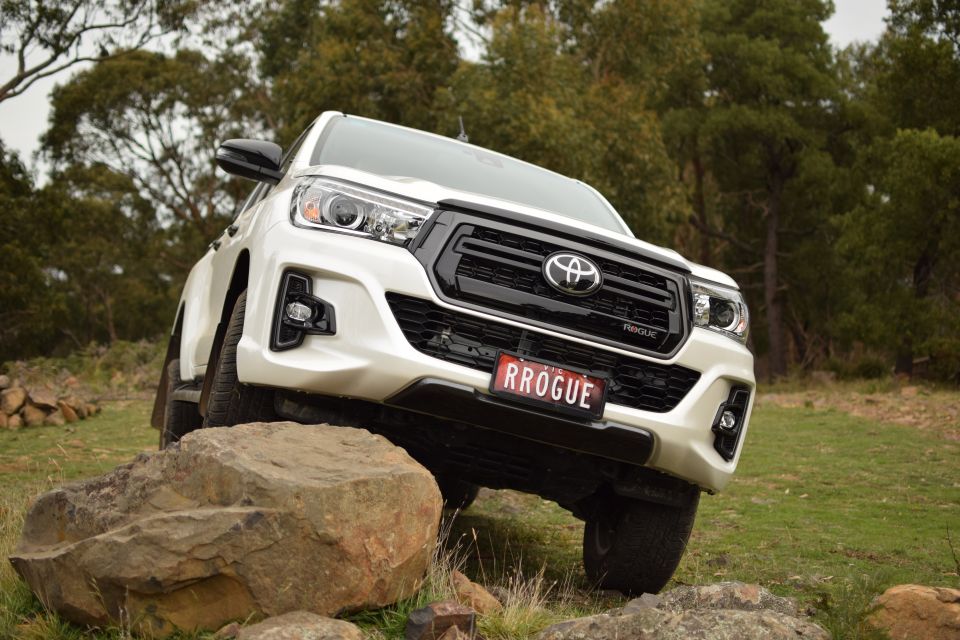
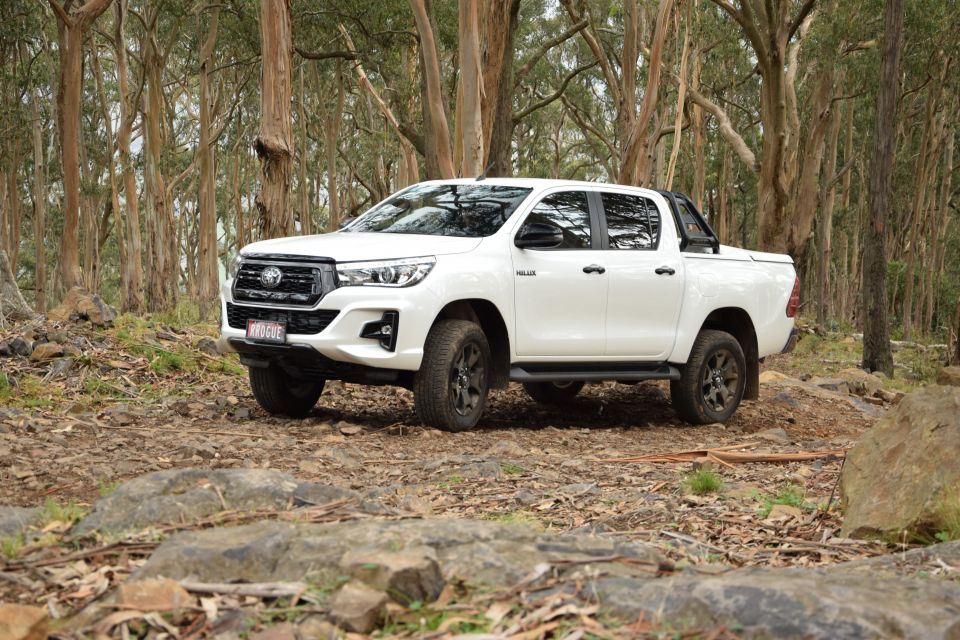
It’s a design issue whereby the highly-regarded low gearing of the old school transfer case is at odds with the modern electronic throttle, and its preset mapping and ECU response.
With extra care and more effort, the vehicle can still do what it needs to do – and with an aftermarket throttle controller the issue can be easily resolved – but in a modern, well-featured vehicle it would not be hard to provide better throttle mapping in L4.
While suspension, wheel travel, approach, and ramp over angles are all on par for a basic modern independent front suspension four-wheel drive utility, the Rogue features the lowest departure angle in its category at just 20 degrees.
With the factory tow bar and larger rear bumper taking some responsibility, it’s a possible oversight that will see you scraping your rear in tight, undulating terrain and short, steep up and down sections. Again, it’s something that can be solved easily with aftermarket suspension, a new rear bar, and an integrated tow bar if you’re happy to fork out the extra dollars.
One big plus for the Toyota is the factory-fitted rear differential lock. Providing selectable and true locked drive across the two rear axles, the incredible improvement in traction afforded by a selectable diff lock is a massive bonus for off-roading.
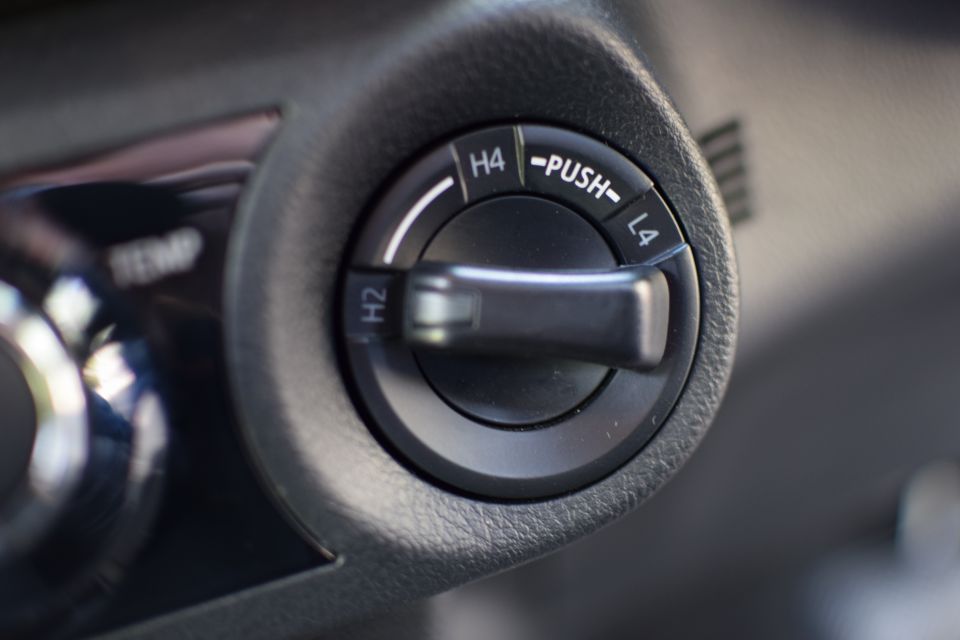
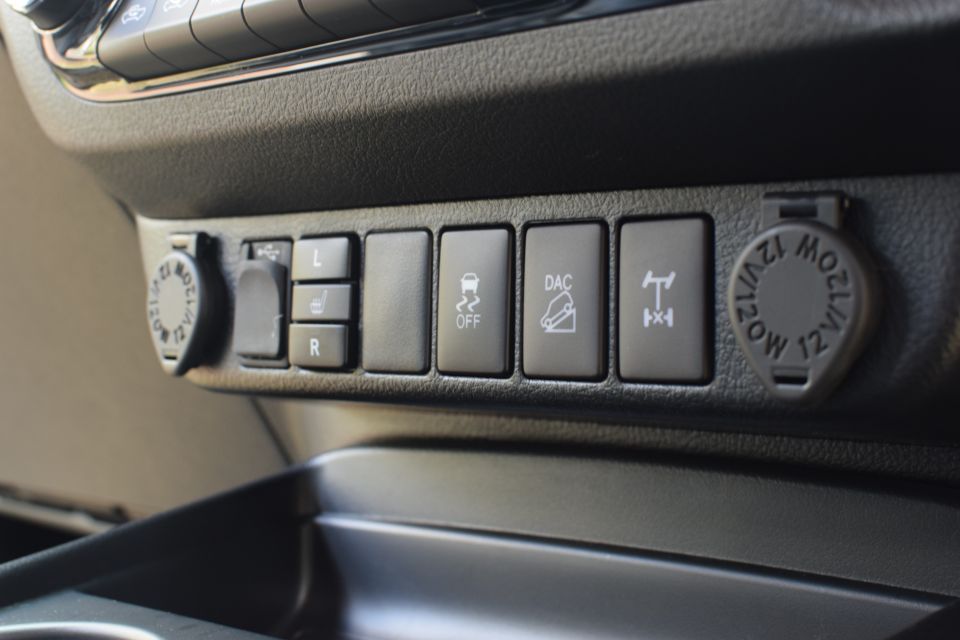
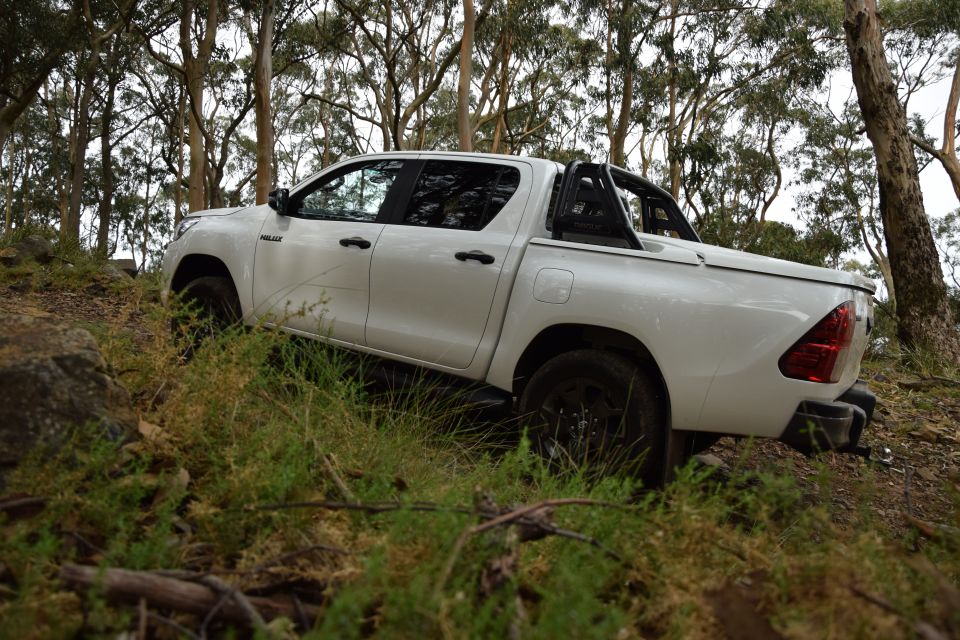
It’s only available when in L4, but the fact that there is one at all makes the added traction invaluable.
Hill-descent control is another feature bringing modern technology to the world of off-roading. The switch is located low and centrally on the dash, just in front of the gear selector. It does take a bit to see, lean down, and engage but works well and is surprisingly quiet, with a gentler activation than many of its predecessors.
Back in H2 or H4 the vehicle drives as expected on gravel roads, and the handling and performance are very typical. I’d love to say lacklustre, but its characteristics are par for the course with an independent front suspension 4×4.
Steering is slow, the front end floats and the rear skips around. On corrugations the ride is close to unbearable. Again, aftermarket suspension, quality off-road tyres and lower tyre pressures would make a massive difference in this area.
The Toyota Active Traction Control switch sits in same dash panel. Just like hill-descent, it’s a modern safety feature that (for most) will improve general traction by utilising the ABS to control spinning wheels.
In general terms the system works well, but it can be detrimental in specific terrains by nature of its operation – particularly in sand, where momentum is a key factor.


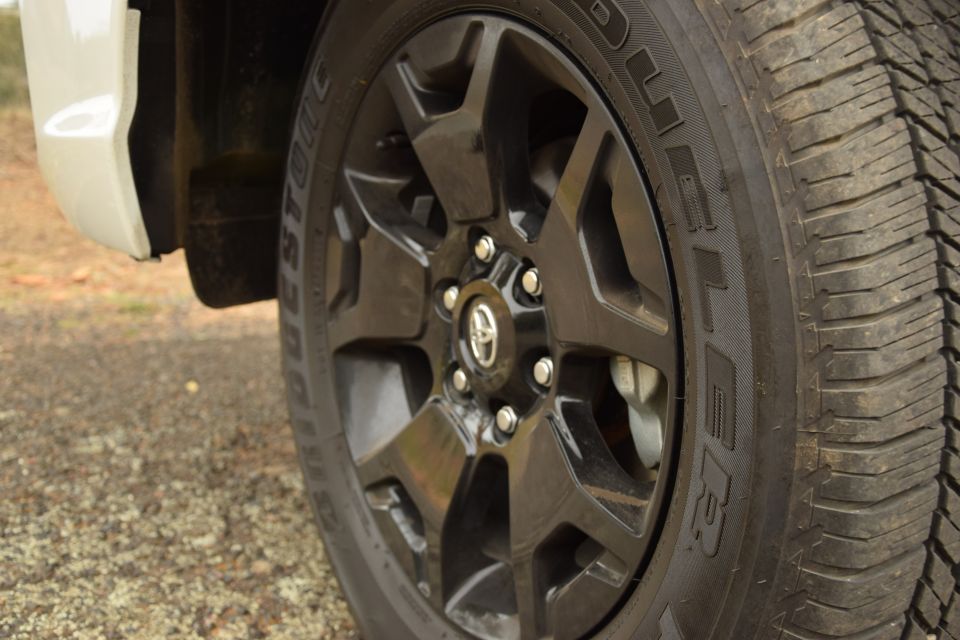
Traction control provides positive results on- and off-road, but is reactive by nature and in no way can provide the solid, selectable traction assistance of a true differential locker, which is a preventative device.
In short, traction control reacts to a loss of wheel traction, whereas an activated diff lock prevents it. As such the Rogue offers the best of both worlds, and the traction control switch allows the driver to disable the feature as required.
During our test on medium steep rocky terrain, traction control worked a treat and assisted keeping the vehicle rolling over difficult sections. As the holes and steps became larger, the diff lock was deployed to prevent any cross-axle loss of traction.
Powered by Toyota’s 2.8-litre four-cylinder turbo-diesel engine, the Rogue does what it needs to do in town and buzzes along inconspicuously on the freeway.
Down on performance against the Ford Ranger (17kW of power and 50Nm of torque short of the 2020 Ford Ranger XLT) the Rogue struggles a little with top-end acceleration and, although adequate, will not be the best hauler in its class.
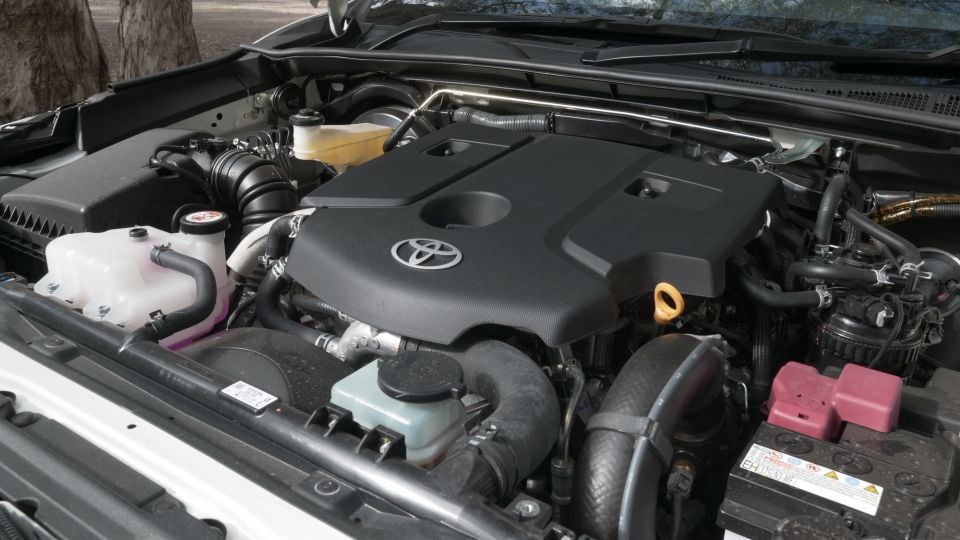
It is well-mated to the six-speed auto, providing generally good application of the torque and power in most situations – just not high-end or low-range as mentioned. The engine is smooth and efficient, noise and vibration are tolerable, and it’s a confident and reliable package.
Looking at the Toyota website, the quoted fuel figure for the Rogue (8.4L/100km) is almost as high as the much heavier Rugged X (8.5L/100km) and well above the SR5 (7.4L/100km). The difference is hidden in the fine print, where the SR5’s figure was derived from a manual.
Whilst we shouldn’t see such a difference with a modern auto compared to a manual, the fact that the Rogue is so close to the heavier Rugged X is cause for question. In real-world testing, my trip with the Rogue was 285km using 26.99L or 9.47L/100km. The trip computer for that distance gave a figure of 9.4L/100km. Close enough?
With the Hilux being prolific worldwide there’s no shortage of bolt-on accessories, upgraded parts, re-maps, re-tunes and more. All the well-known aftermarket companies provide complete bar work, suspension kits, roof rack options, long-range tanks and more.
There are plenty of options for power, performance, wheel, and tyre upgrades along with customisation options.
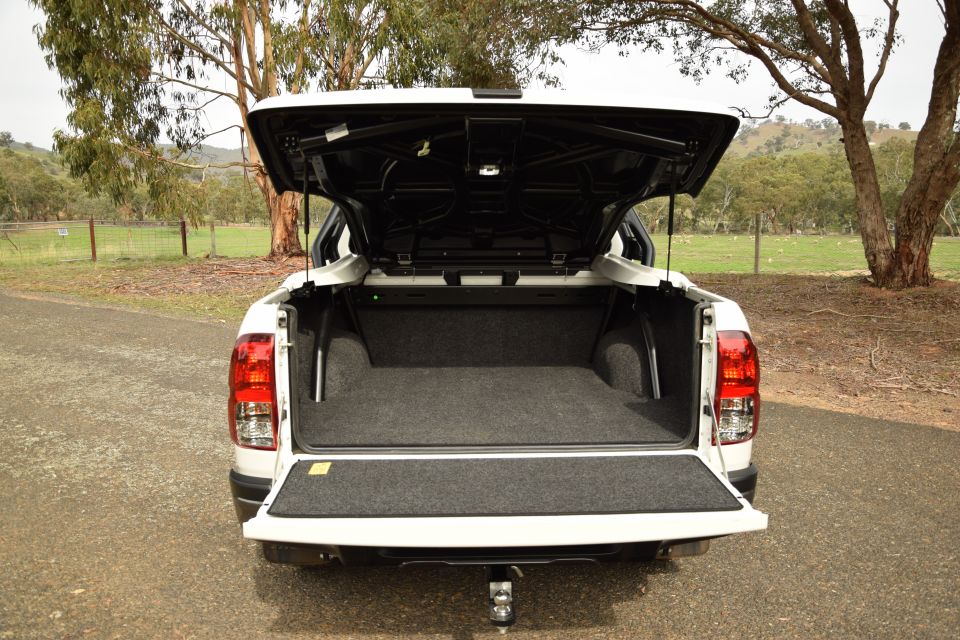
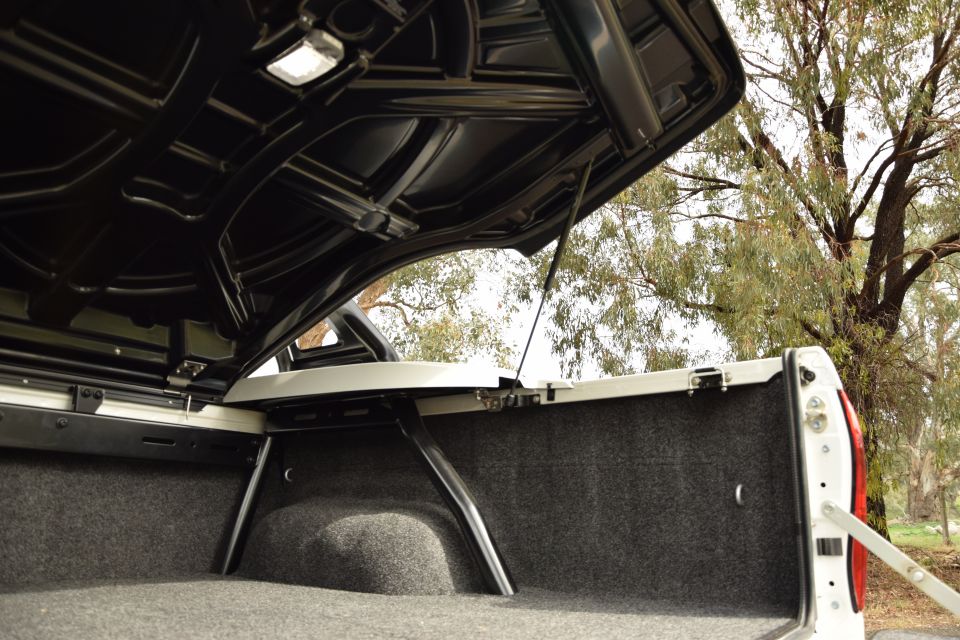
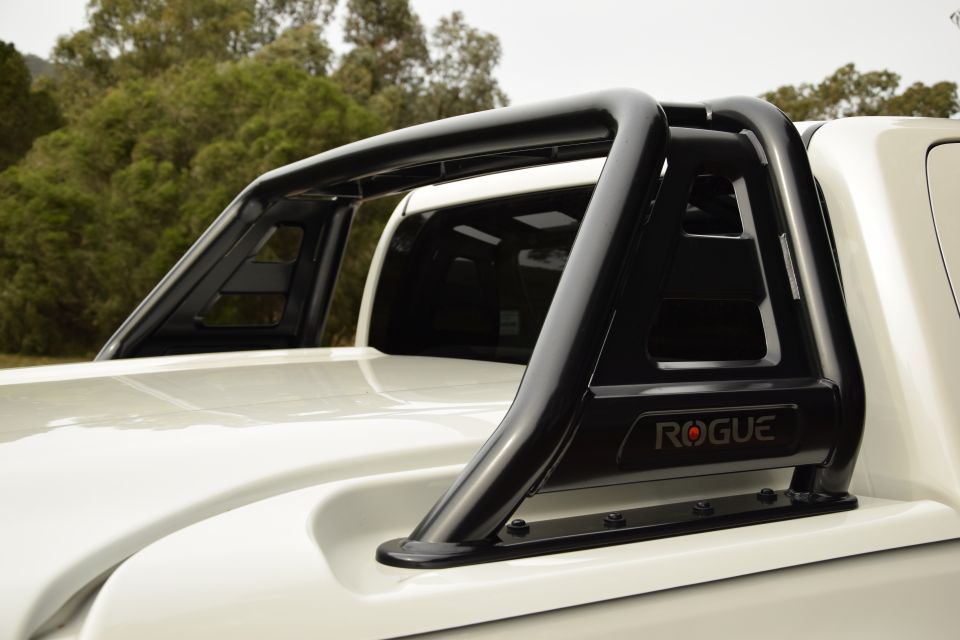
The biggest concern with any of these, though, is bar work. The front fascia that sets the Rogue apart requires a slightly different bull bar profile than the other Hilux variants.
The label Rogue is a far cry from the on- and off-road performance of this dressed up SR5 HiLux, and there’s nothing that makes this variant stand out or break the rules, it definitely does have a place in a modern market where a comfortable, capable four-wheel drive can be multi purpose, and customised for individual tastes.
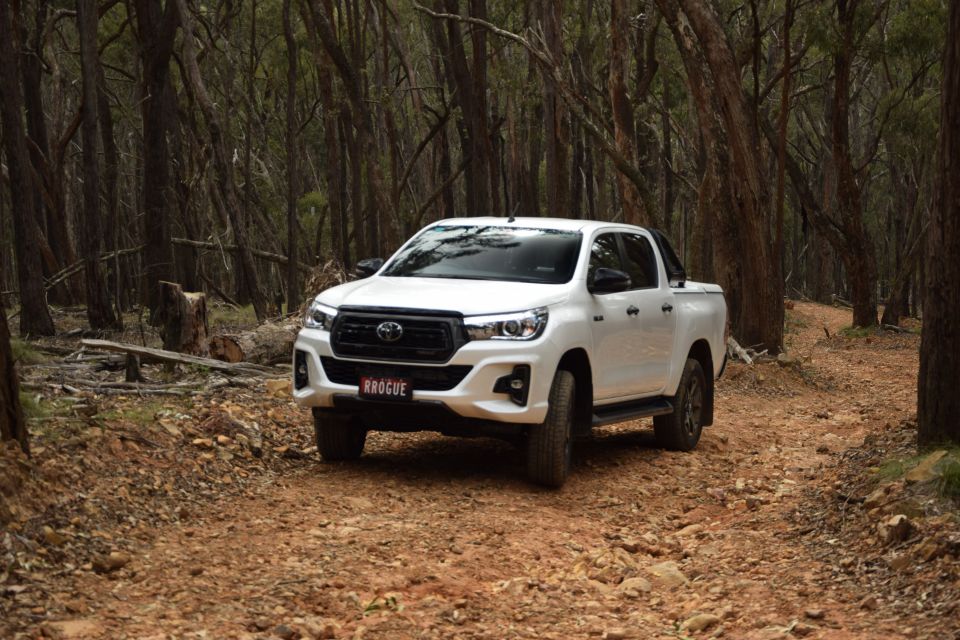
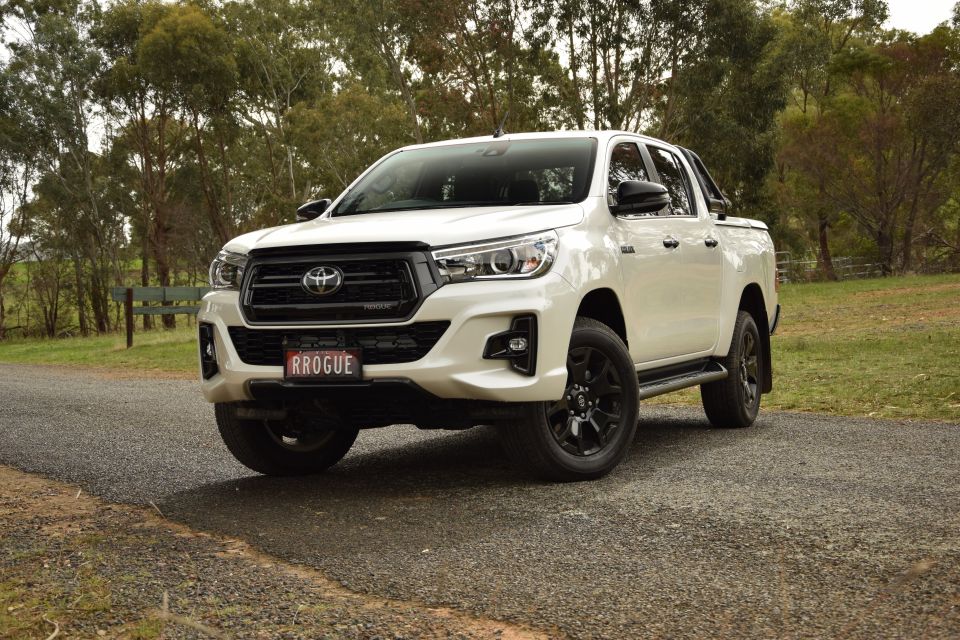
Toyota continues to diversify its factory-fitted accessory range and the four-wheel drive sector is a clear winner for it.
If you are in the market for a neatly-appointed, safe and reliable four-wheel drive that will be just as comfortable doing light farm duties as Sunday country drives and daily city driving, the Rogue may well be the ideal match for you.
Understanding what it is that actually makes it different, and not being fooled by the name, is critical.
Where expert car reviews meet expert car buying – CarExpert gives you trusted advice, personalised service and real savings on your next new car.


Ben Zachariah
2 Days Ago


Matt Campbell
2 Days Ago


Derek Fung
6 Days Ago


Damion Smy
9 Days Ago


Ben Zachariah
11 Days Ago


James Wong
17 Days Ago